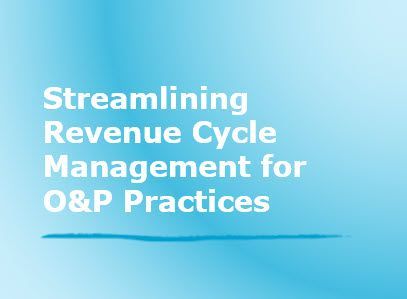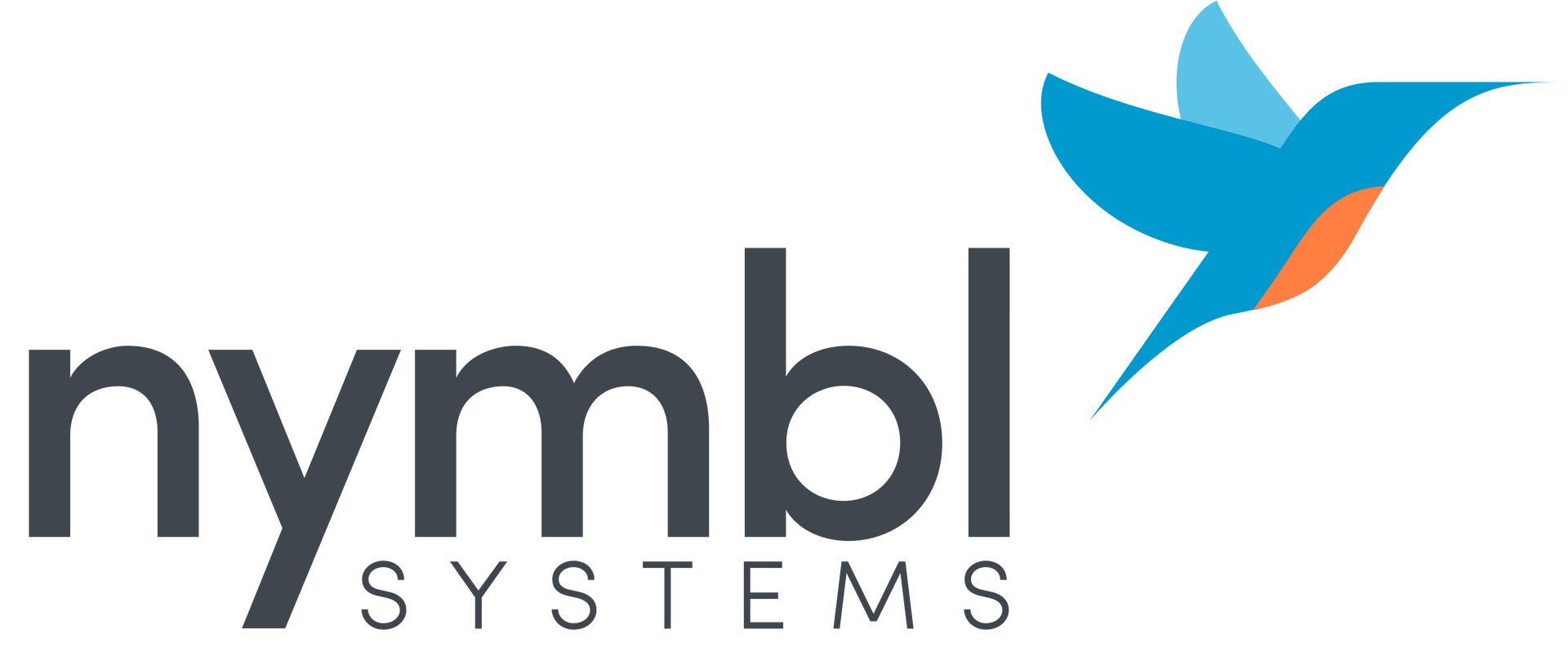Navigating Change: Five Business Challenges O&P Practitioners Face in 2024
Navigating Change: Five Business Challenges O&P Practitioners Face in 2024
Orthotics and Prosthetics (O&P) practitioners play a vital role in increasing the quality of life for individuals with limb disabilities or loss. However, the business landscape for O&P professionals is constantly evolving, presenting a new set of challenges in 2024. From technological advancements to changing regulations, O&P practitioners are facing several business challenges that present an opportunity to grow. But survival in times of change will require adaptability and innovation.
Challenge #1 – Technological Advancements
One of the primary challenges O&P practitioners face in 2024 is keeping up with the rapid pace of technological advancements. As 3D printing, artificial intelligence, and advanced materials become more integrated into the field, O&P practitioners must invest in ongoing training and education to remain competitive. Additionally, integrating these technologies into their practices requires substantial initial investments, which can be a financial burden for smaller O&P clinics.
Solution: To overcome this challenge, practitioners can explore partnerships with technology providers, attend relevant conferences and workshops, and consider seeking financial support through
grants or subsidies to facilitate the adoption of these technologies.
Challenge #2 – Evolving Regulatory Environment
The regulatory landscape for healthcare providers, including O&P practitioners,
is continually changing. Compliance with regulations, such as
HIPAA (Health Insurance Portability and Accountability Act) and Medicare/Medicaid guidelines, is crucial. Non-compliance can lead to significant legal and financial consequences. Keeping up with these evolving regulations and ensuring the highest standards of patient care can be daunting.
Solution: To navigate the complex regulatory environment, O&P practitioners should establish robust compliance programs, invest in staff training, and stay updated on changes through professional associations, legal counsel, and government resources.
Challenge # 3 – Reimbursement Challenges
In 2024, reimbursement challenges continue to plague O&P practitioners. Insurance companies are increasingly scrutinizing claims, leading to more denials and delays in payments. This can put a financial strain on O&P practices, especially smaller ones with limited resources to manage these billing complexities.
Solution: O&P practitioners can address this challenge by investing in billing and coding expertise, streamlining their billing processes, and ensuring accurate documentation. They should also diversify their revenue streams by offering cash-pay services and exploring partnerships with insurance companies.
Challenge #4 – Market Competition
The O&P industry is becoming more competitive, with larger corporate chains expanding their reach and local practitioners vying for the same pool of patients. This increased competition can make it challenging for smaller O&P practices to thrive and grow.
Solution: To remain competitive, O&P practitioners should focus on their unique strengths, provide exceptional patient care, and build strong relationships with referral sources, such as physicians and physical therapists. Differentiating themselves through specialized services and personalized care can help them stand out in a crowded market.
Challenge #5 – Patient Expectations
In 2024, patient expectations are higher than ever. Patients expect faster turnaround times, custom solutions, and a seamless experience throughout their treatment journey. Meeting these expectations while maintaining high-quality care can be demanding.
Solution: O&P practitioners should invest in efficient workflow processes, improve communication with patients, and leverage technology to streamline administrative tasks. Providing personalized care plans and actively seeking patient feedback can also help meet and exceed patient expectations.
While O&P practitioners face several business challenges in 2024, they also have opportunities for growth and innovation. By staying adaptable, investing in education and technology, and focusing on patient-centered care, O&P practitioners can overcome these challenges and continue to make a meaningful impact on the lives of individuals with limb disabilities. The O&P industry may be evolving, but with the right strategies and dedication, practitioners can thrive in this changing landscape.
Which of these challenges are you feeling most deeply impacted by?











